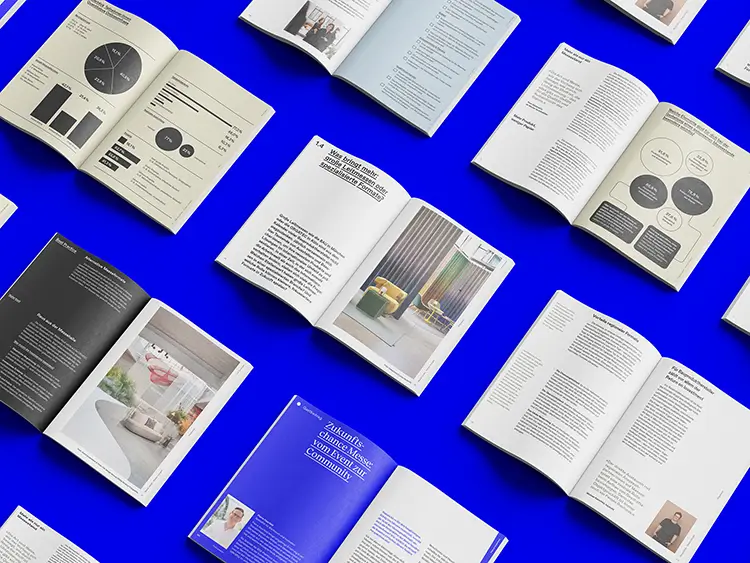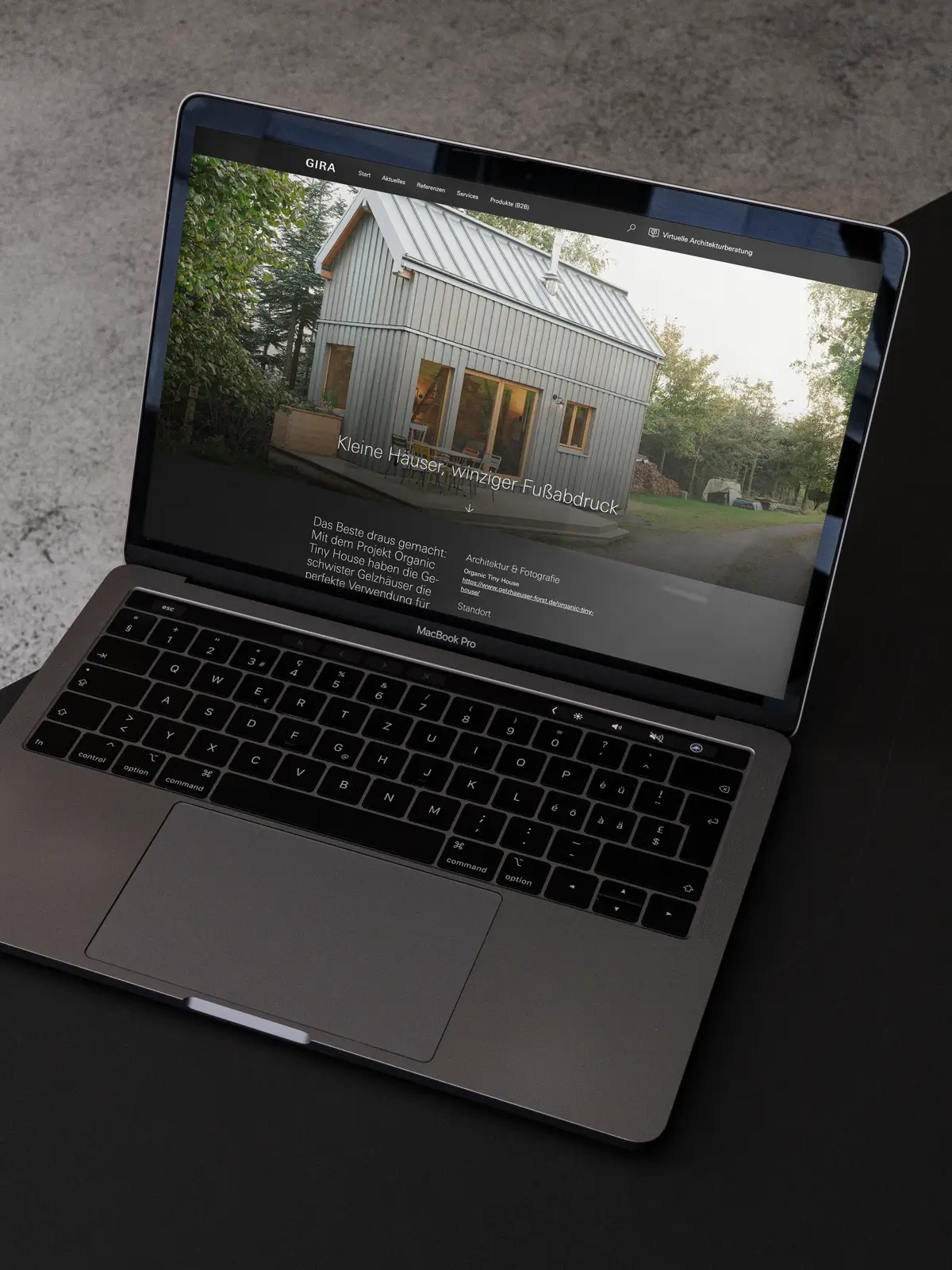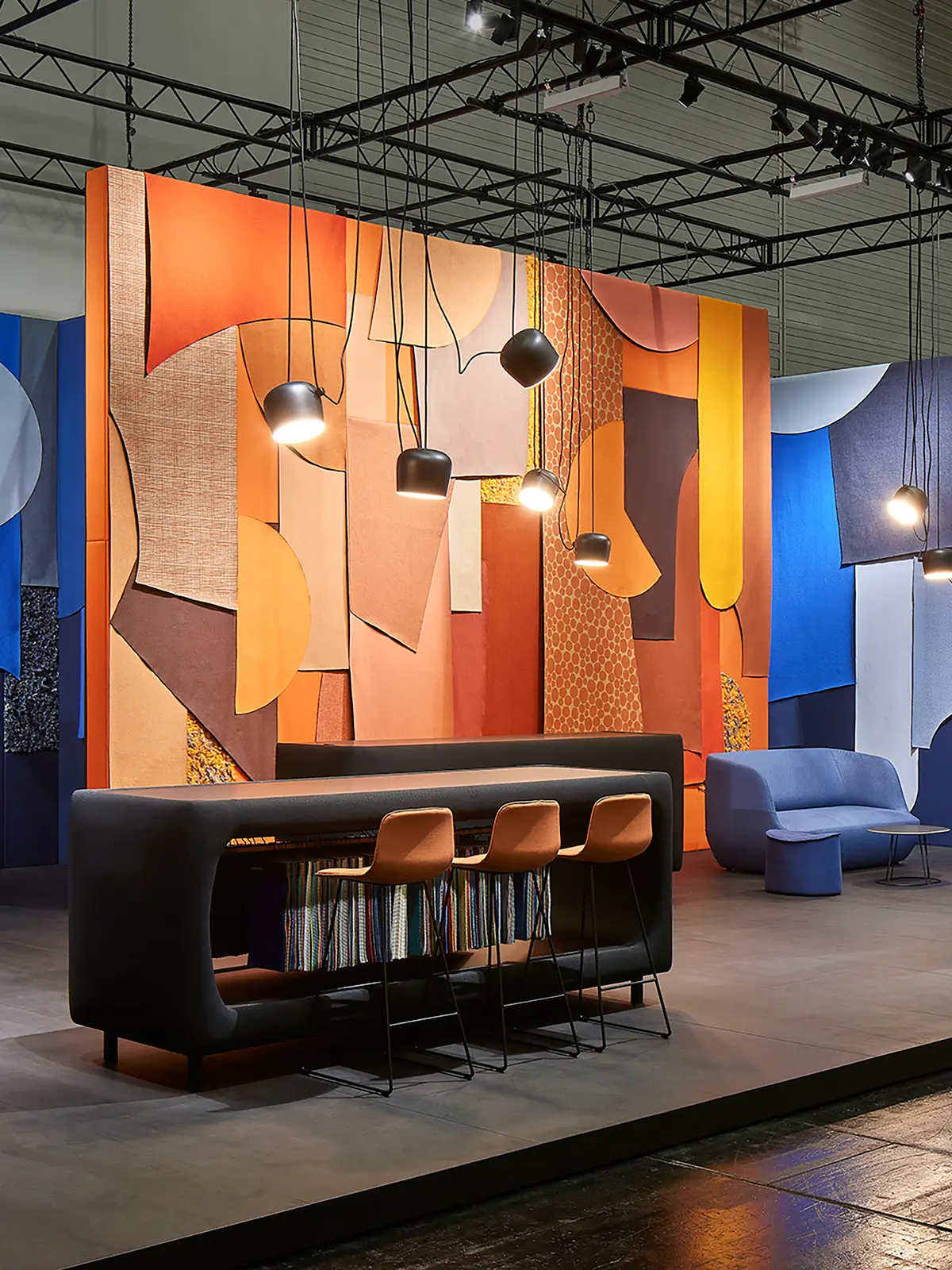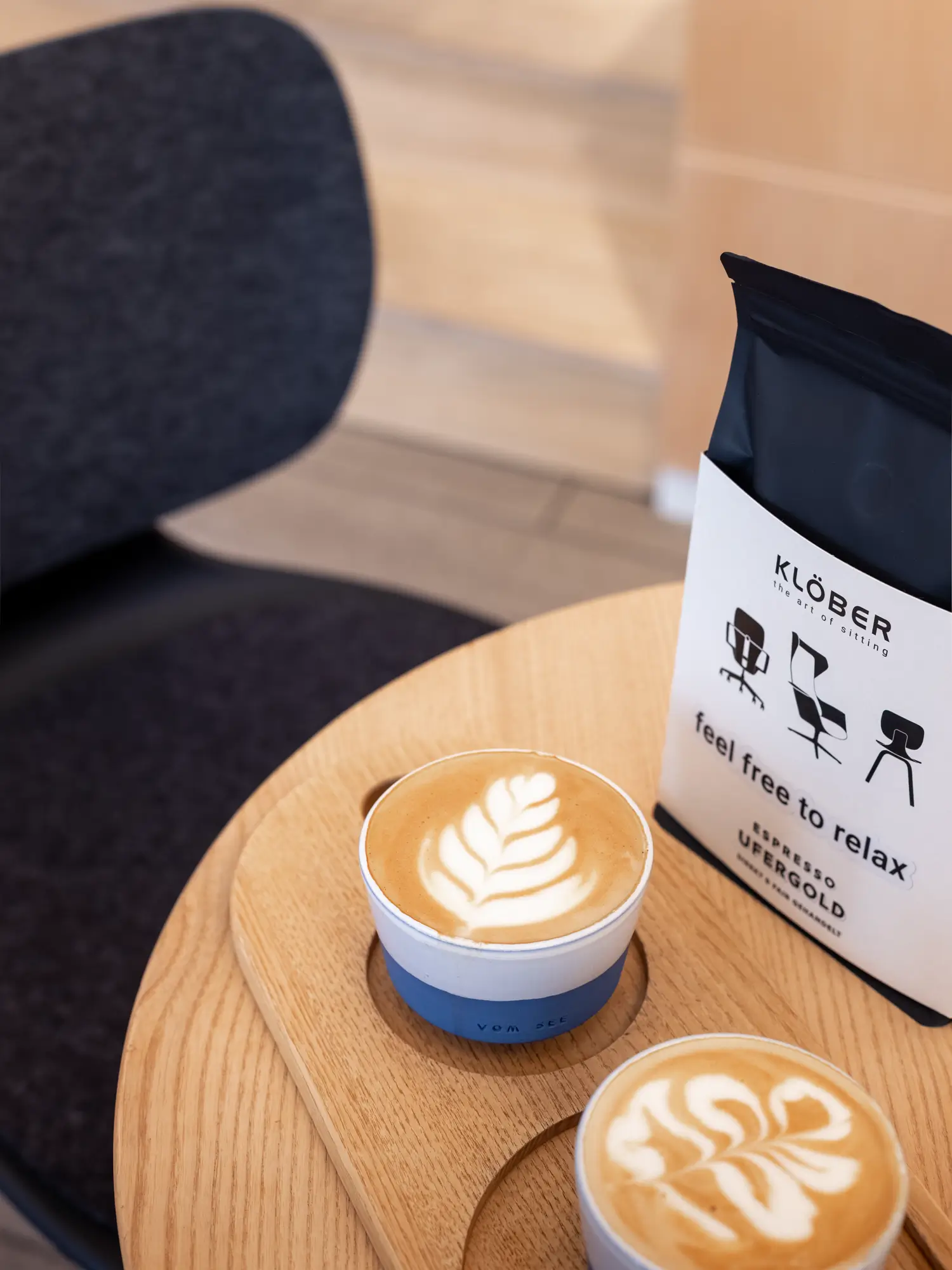Desire and reality: What (interior) architects expect from trade fairs in 2026
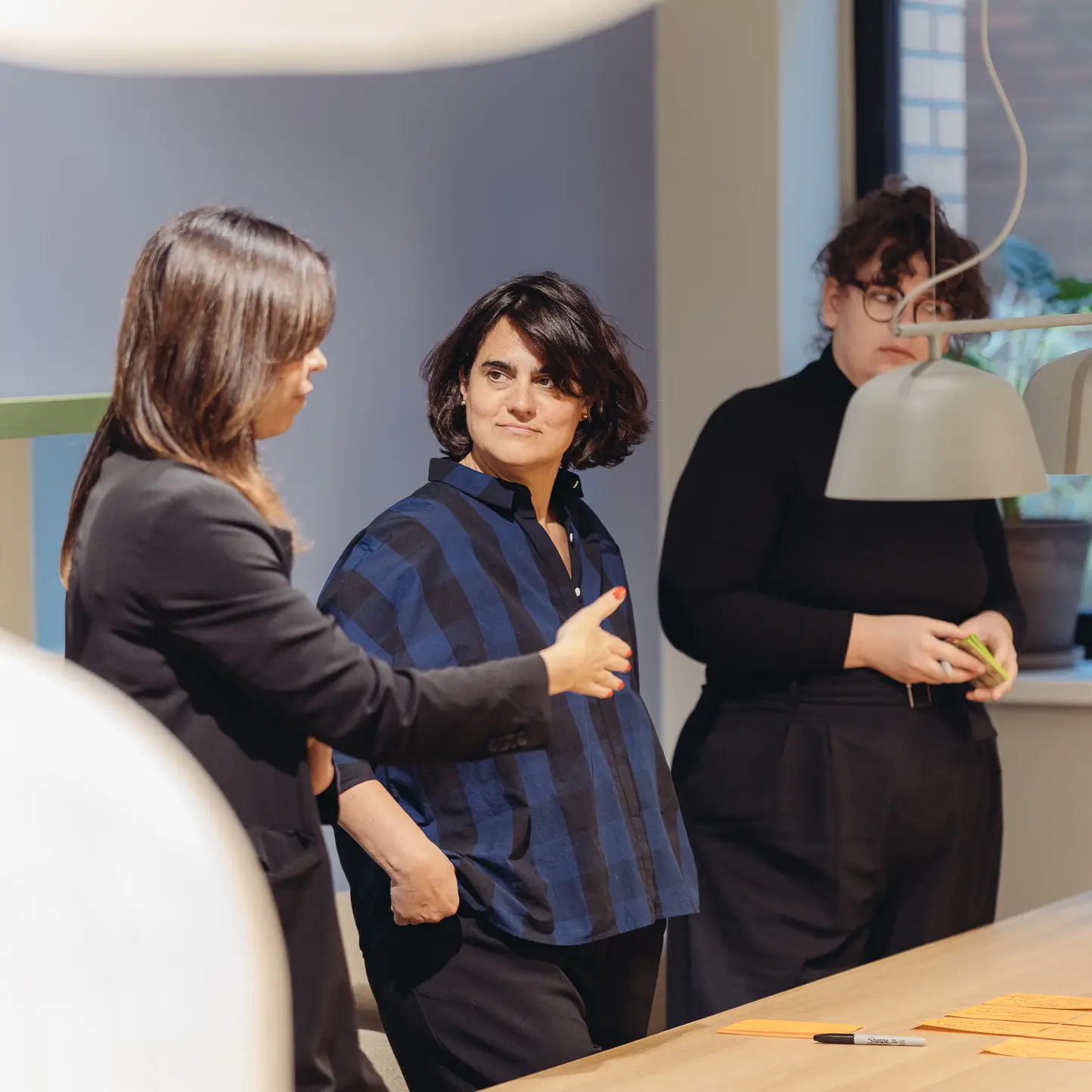
Foto: Nick Wolff
The expectations of (interior) architects at trade fairs have changed noticeably. Our survey of over 100 planners shows that they are looking for relevant content, hands-on product experiences, and genuine professional exchange.
How often do building product manufacturers talk to planners in the run-up to a trade fair to understand their expectations and wishes? Probably far too rarely. Yet it is precisely these insights that could determine whether your trade fair stand is convincing or overlooked. Our interviews as part of the Practical Guide show that planners have clear expectations and want one thing above all else: relevant content instead of self-promotion.
»I have never seen an architect who voluntarily stands in front of a screen for 10 minutes to watch an image video.« – Lutz Hammer, RECKLI
Relevant content instead of image videos
Lutz Hammer from RECKLI hits a sore spot with his statement. Image videos are often used at trade fairs and on the web for self-promotion, but with questionable success. The clips, which are usually several minutes long, rarely inspire or inform, but rather come across as self-praise on a continuous loop. And that is exactly what trade fair visitors do not want. At a loud, dynamic trade fair, the focus is instead on direct contact and trying out products.
Which topics are really interesting?
Sustainability and ecological building materials (80.3%), followed by construction products and materials (73.3%) and design and architecture trends (73.7%) are the most common interests among planners. The low relevance of topics such as BIM (28.9%) or smart buildings (11.8%) suggests that for many, these topics are not sufficiently "tangible" at trade fairs or are simply too technical for classically trained planners.
The interviews confirm the impression gained from the survey: Timm Helbach from mamuth describes the ideal trade fair as a mixture of in-depth and low-threshold topics that are best experienced interactively and haptically. After all, this is precisely why almost all trade fair visitors are there: to touch and try out products and to find concrete solutions for their projects through dialogue.
The four key expectations
Based on our discussions and the survey, the expectations of planners can be divided into four main areas.
1️⃣ Product information instead of marketing clichés
Planners don't come to trade shows for long image videos or crammed product catalogs. They want to see, touch, and evaluate products. The focus is on gathering inspiration for the material library and taking away concrete updates for their projects.
»When I attend a trade show, I expect specific product updates and inspiration for our material library.« – Wiebke Ahues, LXSY
2️⃣ Make contacts and strengthen relationships
Some planners see trade fairs as a good opportunity to make new contacts and strengthen existing relationships. They particularly appreciate it when manufacturers approach them proactively but not intrusively. Trade fairs such as EXPO Real in Munich or MIPIM in Cannes are also becoming increasingly important for their own project acquisition.
3️⃣ Gain knowledge, but in a targeted manner
Panels, specialist presentations, and workshops offer great potential at trade fairs, but they are only attractive if they are well curated or feature renowned speakers. Content with clear practical relevance or overarching industry topics attracts the target group, while superficial ideas or lectures tend to deter them, as their time can be better spent learning about the topics themselves.
»A varied supporting program at trade fairs is exciting. However, presentations with little informational content are not suited to the fast pace of the format. In 45 minutes, I can gather specific information at the trade fair instead of listening to a less dense presentation.« – Sebastian Schuster, SCHMIDTPLOECKER
4️⃣ Atmosphere without sales pressure
Many respondents appreciate trade fairs primarily because they offer space for encounters and informal conversations. If the focus is too strongly on pure sales and marketing talks, the atmosphere suffers noticeably. Planners prefer to talk to project developers and product engineers who can answer their questions with technical expertise, rather than salespeople who are aiming for quick deals.
Change in expectations
According to the survey, the needs of planners have changed significantly. Five key developments can be identified:
⏳ Time efficiency: fewer but more targeted trade fair visits
Regional and curated formats such as the polis Convention or the Heinze Climate Festival score points for their focus and experience.
📱 Digital integration: QR codes and digital tools are replacing print
QR codes and virtual presentations complement physical experiences. Digital tools make it easier to find your way around in advance of the trade fair and increase the benefits of visiting the fair.
🌱 Sustainability: Not an extra, but a basic requirement
It's not just about sustainable products, but also about the transparency of the entire trade fair presentation in terms of environmental compatibility and recyclability. Greenwashing is being identified much more frequently and categorically rejected.
💬 Professional exchange: More dialogue, less product showcase
Instead of a broad product presentation of the entire portfolio, visitors are looking for specific solutions for projects. Interactive formats such as panels or workshops are becoming increasingly more popular than static presentations.
🍻 Flexiblere Formate: After-Work-Events statt starrer 9-to-5-Messen
Formats that fit better into everyday working life are desirable and are gaining in importance. Many people want trade fair experiences and events that extend beyond working hours.
Hej Practical tip
Use sales talks to find out what planners want from you and your trade fair participation and which topics really interest them. This mini market research requires little effort but brings great benefits. It also shows your target group that their expectations and requirements are relevant to you.
In short:
The expectations of (interior) architects at trade fairs are clear: they are looking for relevant content, products that inspire, and genuine professional exchange without sales pressure. Products must be "tangible" and offer the potential to end up in the material library. Instead of rigid daily formats at trade fairs, after-work events and more flexible formats are gaining in importance as they can be better integrated into everyday working life.

